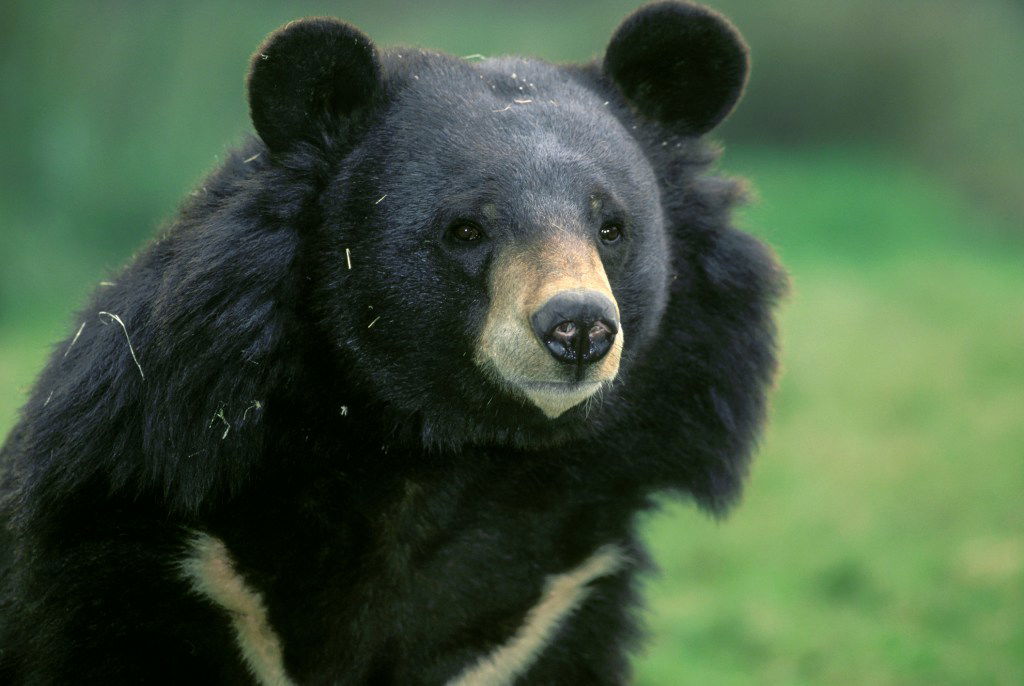

Bears, big cats, and wild canines are attacking humans more frequently than at any time in modern history. That’s according to a sweeping new international study released in the journal PLOS Biology last week. But it’s not just that there are more people on the planet—or more carnivores. Instead, a complex interplay of climate, socioeconomic factors and human behaviors may be to blame.
With more animal attacks in the media than ever, this research feels particularly salient. Just last month, a polar bear killed a mother and her son in Alaska—the first such fatality in more than three decades. While a number of studies have looked into the relationship between melting sea ice and increased polar bear-human interactions, none have looked at carnivore attacks across so many species and at a global scale.

This project included more than 5,400 reported attacks collected over a 70-year period. Overall, researchers found that “The number of reported attacks increased over time, especially in lower-income countries,” the study states.
While wealthy, developed countries have experienced some increase in animal attacks, most of these incidents occurred while the victim was hiking, camping, hunting recreationally, dog-walking in bear country, or otherwise engaging in “risky,” avoidable behaviors. In lower-income countries where the majority of the attacks took place, however, the victims were engaging in activities required for their livelihoods. That includes farming, subsistence hunting, and commuting by foot.
The results were grim. The researchers found that about 32% of all large carnivore attacks were fatal, and 68% resulted in human injury.

This wasn’t true across the board, however. Location played a big role in these statistics. The majority of the fatalities were from big-cat attacks in Asia and Africa. Incidences of wolf and bear attacks were also higher in these areas of the world.
“In Europe and North America, very few wolf attacks occurred in the 70 years covered by our study,” the researchers note. “And in almost all predatory/unprovoked attacks…the animal was food-conditioned.” This means that the local carnivores were used to eating human food—either in the form of handouts or garbage left irresponsibly contained. The attacks, therefore, could have been prevented by better stewardship and safety practices.
Another study, conducted in 2016, specifically noted that wolf attacks in North America were on the decline.
“Wolves were the only species to show a decreasing trend in the number of attacks, declining from 10 attacks during the decade 1975 to 1984 to only two or three attacks per decade starting in 1985,” that study said.
But as far as bear and big-cat attacks are concerned? Researchers expect things to get worse as humans continue to encroach on wilderness areas. Things will also get worse with climate change. In Canada and Alaska, melting sea ice will continue to force polar bears onto land, where they’ll interact with humans more frequently. And in Sub-Saharan Africa, “extreme drought frequency has been associated with increased carnivore attacks on livestock,” the study states.
The good news is that most large-carnivore attacks are preventable. If you live in an area where bears or mountain lions thrive, secure your garbage, avoid traveling solo or in silence, walk pets cautiously, and don’t leave your children unattended.
And, this should go without saying but please—please—don’t feed the animals.











Well written article!